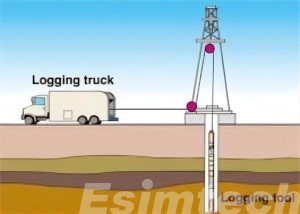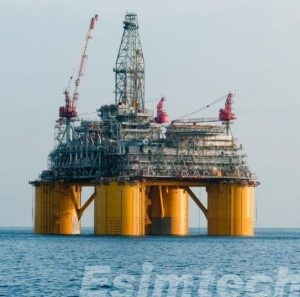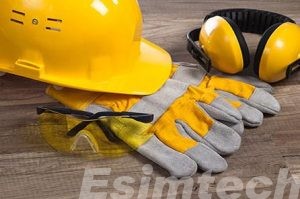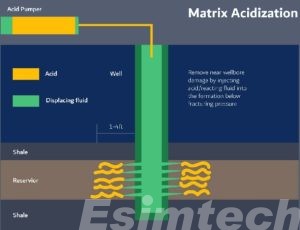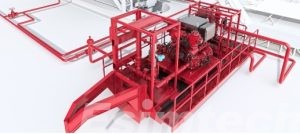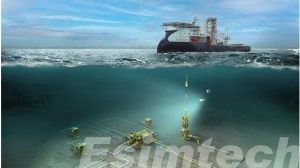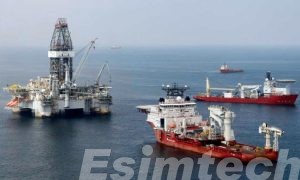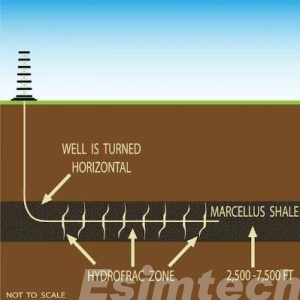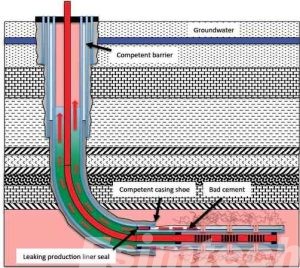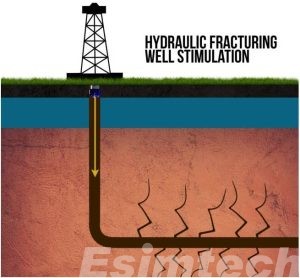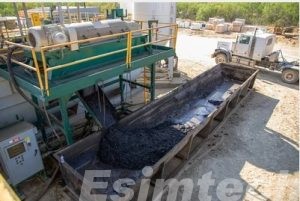Borehole Logging vs. Well Logging: Understanding the Differences
In the quest to understand the Earth’s subsurface, geologists and engineers rely on a variety of techniques. Two crucial methods employed for this purpose are borehole logging and well logging….
How to Balance Offshore Exploration with Ocean Protection
The vast potential of offshore resources, from oil and gas reserves to wind farms, fuels our economies and holds promise for a sustainable future. However, exploration activities can have a…
Why Oil and Gas Safety Training is Important
The oil and gas industry is a cornerstone of the global economy, but it’s also one fraught with danger. From working with volatile hydrocarbons to operating complex machinery in often…
How Does Matrix Acidizing Work Effectively to Enhance Well Productivity
In the realm of oil and gas extraction, maximizing production from reservoirs remains a constant pursuit. Among the arsenal of techniques employed to achieve this goal, matrix acidizing stands out…
The Pivotal Role of Managed Pressure Drilling Techniques for Well Intervention Operations
Managed Pressure Drilling (MPD) techniques have emerged as powerful tools for conducting well intervention operations in the oil and gas industry. Traditionally used during drilling, Managed Pressure Drilling has expanded its…
Why Use Subsea Well Intervention Techniques
As the oil industry ventures into deeper waters and more difficult conditions, the value of efficient and effective well intervention techniques becomes increasingly obvious. This article explores the fundamentals of subsea well intervention,…
Relief Wells in the Oil and Gas Industry
The term “relief well” can bring to mind images of firefighters battling a ferocious blaze. But in the world of resource management and environmental protection, relief wells play a crucial…
A Deep Look into Well Control Fundamentals
Ensuring well control is paramount in drilling operations. It’s the practice of maintaining pressure in the wellbore to prevent uncontrolled flow of formation fluids – oil, gas, or water –…
Well Control for Unconventional Resources
The oil and gas industry has witnessed a dramatic shift with the rise of unconventional resources like shale and tight oil. These formations hold immense potential, but unlocking them presents unique…
Innovative Use of Hydraulic Fracturing for Well Intervention
In the realm of oil and gas extraction, maintaining and enhancing well productivity is critical in the oil and gas extraction industry. When a well’s performance begins to decline or…
How Does Well Stimulation Enhance Hydrocarbon Reservoir Performance
Well stimulation is essential for maximizing recovery rates and optimizing production in both conventional and unconventional reservoirs. Well stimulation includes a range of techniques and technologies, such as matrix stimulation,…
What are Effective Drilling Waste Management Strategies
Drilling waste management is a significant aspect of the oil and gas industry, and it includes the methods and techniques used to handle, treat, and dispose of trash generated during…

